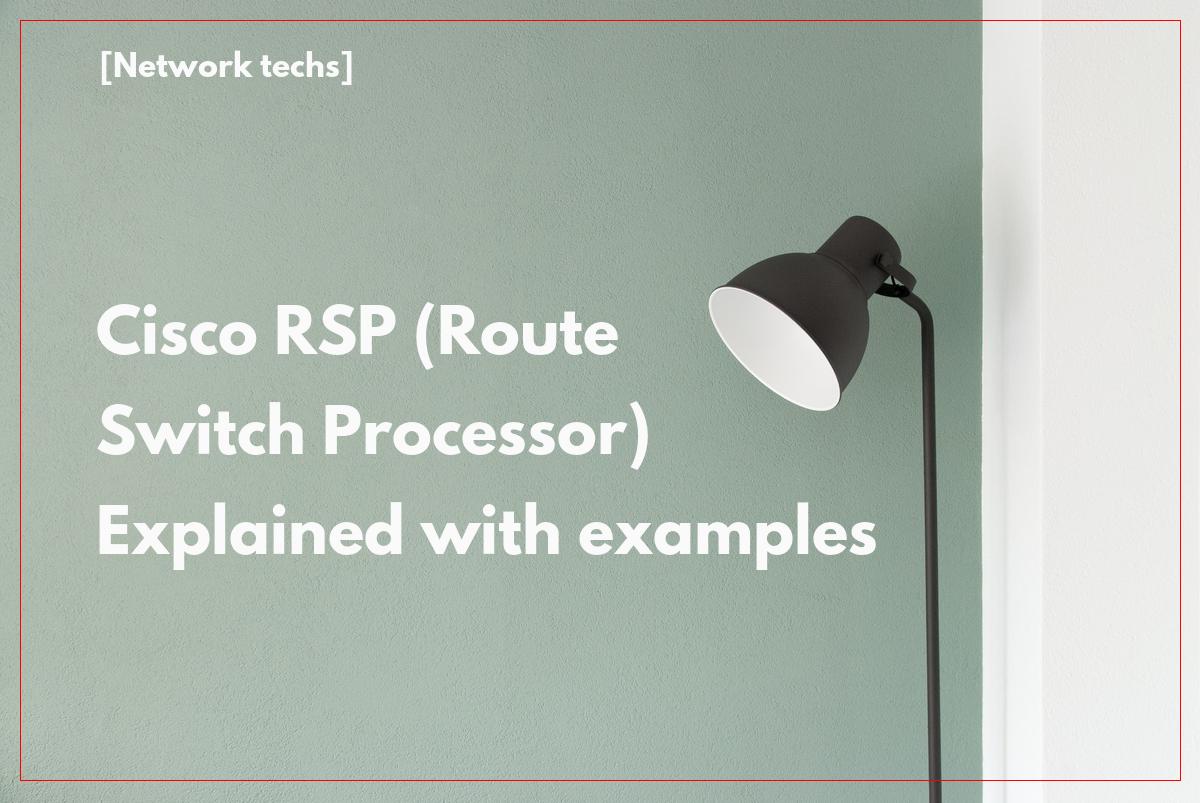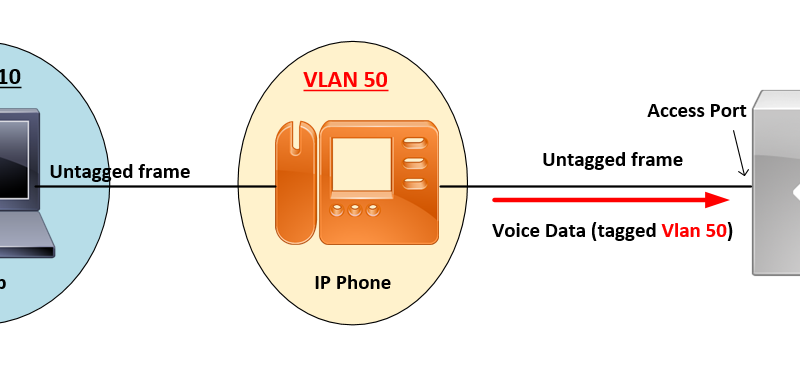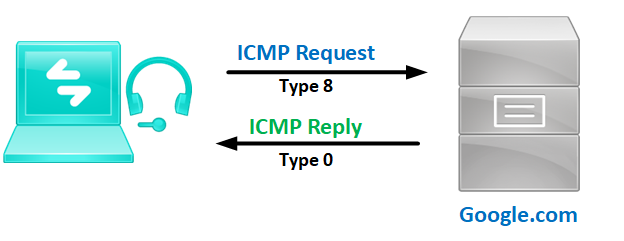Cisco RSP (Route Switch Processor) Explained with examples

What is Route Switch Processor (RSP)

The RSP (Route Switch Processor) is the main processing engine for Cisco’s new Modular and Fixed routers like the 7000 series, ASR1K, and ASR9K series. It is not really an addon for a switch that allows it to route, more is the processing engine that includes the control plane and data plane.
The control plane is responsible for establishing the routing table, CEF forwarding tables, routing functions.
An RSP contains a switch processor and a route processor(RP).
Example of Integrated RP:
The Cisco ASR 1001, 1001-X, 1002-F, 1002, and 1002-X have integrated route processors.
What is Route Processor (RP)
The route processor (RP) card is the system controller for the Cisco Router Line Card Chassis. It performs route processing and distributes forwarding. The RP provides a control path to each MSC, performs system-monitoring functions, and contains hard disks for system and error logging.
Note: The modular services card (MSC) is the Layer 3 forwarding engine in the routing system.
Although the routing system contains two RP cards, only one RP is active at a time. The other RP operates in standby mode, ready to assume control if the active RP fails.
The RP card provides route processing, alarm, fan, and power supply controller function in the Cisco router Line Card. The RP card controls fans, alarms, and power supplies through the use of an i2c communication link from the RP card to each fan tray/power supply.
Two RP cards are required per chassis for redundancy: one is active, and the other is standby. An RP card can be inserted in either of the two dedicated slots in the chassis.
Below are some examples of ASR 9000 RSP (from CiscoLive):

RSP Active-Standby mode (Stateful Switchover)
The RSP/RPcards are deployed in “active/standby” configurations. Stateful switchover (SSO) preserves state and configuration information if a switchover to the standby RSP/RP card occurs. The standby RSP/RP card has a mirror image of the state of protocols, users configuration, interface state, subscriber state, system state, and other parameters.
Status signals from each RSP/RP card are monitored to determine active/standby status and if a failure has occurred that requires a switchover from one RSP/RP card to the other.
When a software failure occurs in the active RSP/RP card, the standby RSP/RP card changes state to become the active RSP/RP card. This stateful switchover has no impact on forwarding traffic.
Each interface card runs its own express forwarding engine and maintains its own exact copy of the FIB table. Each card, independently, is able to forward packets, reducing the number of packets centrally switched by the route processor.
Note: Cisco strongly recommends that you avoid configuring your router using mixed route processor cards.


![OSPF DR and BDR Election Explained [with Configuration]](https://learnduty.com/wp-content/uploads/2022/03/image-33.png?v=1647900046)
![OSPF Neighbor Adjacency Requirements [With Configuration]](https://learnduty.com/wp-content/uploads/2022/03/image-23-418x450.png?v=1647900064)
![OSPF Neighbor States Explained [Step by Step]](https://learnduty.com/wp-content/uploads/2022/03/image-13.png?v=1647900076)
![OSPF Area Types Explained and Configuration [Demystified]](https://learnduty.com/wp-content/uploads/2022/03/image-8.png?v=1647900083)
